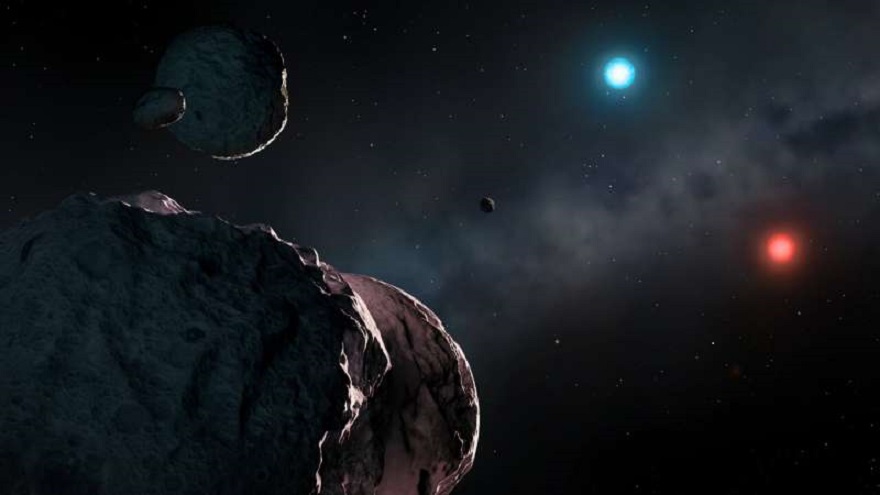Astronomers have found two very cold white dwarfs. Fragments of planets orbit each of them. Their age reaches 9-10 billion years, which makes them the oldest known to humans.

Extremely cold white dwarfs
Astronomers from the University of Warwick have studied two very cold white dwarfs. The surface temperature of the first one, WD J2147−4035 is 3050 K. It has a slight excess of radiation in the red and infrared regions of the spectrum.
The second one is called WD J1922+0233, has a temperature of 3340 K and has a light blue tint. Since gradual cooling is the usual way of evolution for white dwarfs, scientists are able to calculate how much time has passed since each of them passed the red giant stage and shed their outer shells.
It turned out that the star WD J2147−4035 turned into a white dwarf 10 billion, and WD J1922+0233 — 9 billion years ago. Moreover, the first of the white dwarfs turned out to be the faintest of all discovered near the Sun.
Fragments of planets in orbit
But the fragments of planets that are orbiting each of these two stars turned out to be fascinating. They were discovered due to the fact that they fall on their luminaries and leave traces of potassium, calcium and lithium in their spectra.
Such a phenomenon has been repeatedly observed before, but until now it has not been seen in white dwarfs that would be so ancient. Since the planets could not survive the shedding of the shell, their age should coincide with the cooling time of the whitest dwarfs.
This means that these fragments of planets are the oldest known to humans. Analysis of the spectra of their stars showed that in their chemical composition they were very similar to Earth. But they died billions of years before it appeared.
According to phys.org
Follow us on Twitter to get the most interesting space news in time
https://twitter.com/ust_magazine

